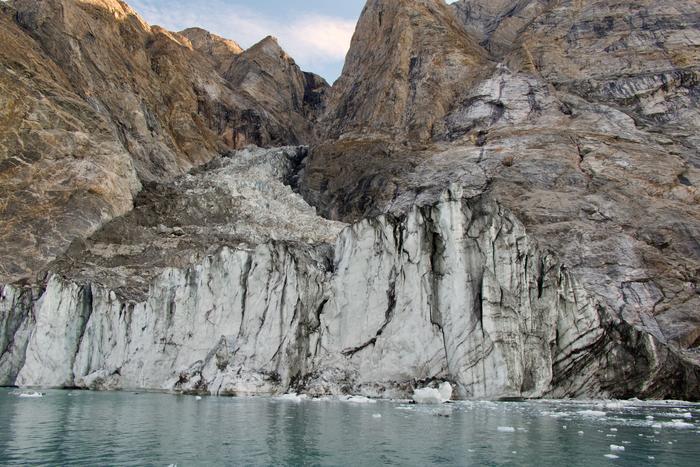In September 2023, a massive landslide deep within Greenland’s Dickson Fjord mega-tsunami unleashed a 650-foot mega-tsunami that sent shockwaves—literally—around the planet. This wasn’t just a local geological event; it was a climate-driven natural disaster so powerful that seismic stations globally detected a pulse every 90 seconds for nine straight days.
🌊 The Greenland Landslide that Shook the World
The event occurred on September 16, 2023, when an estimated 25 million cubic meters of rock and ice collapsed into the narrow, glacial fjord. The wave it created is what scientists call a seiche—a standing wave trapped in a body of water. The impact was so strong, it generated a low-frequency seismic signal that pulsed across continents.
🛰️ NASA and Satellite Proof

Confirmation of the event came from the NASA SWOT satellite (Surface Water and Ocean Topography), which showed rhythmic oscillations inside Dickson Fjord. These 11-minute cycles matched the seismic signals, confirming the presence of trapped water waves—lasting for days after the landslide.
🌡️ Climate Change and Glacier Destabilization
This wasn’t just a random landslide. It was the direct consequence of glacial thinning caused by climate change. As Greenland’s ice retreats, mountain slopes lose their frozen buttresses, making them more prone to sudden collapse. This is part of a growing trend of climate-triggered geological hazards in the Arctic Dickson Fjord mega-tsunami.
🌍 Global Implications: Earth’s 9-Day Pulse
What made this event truly unique was the persistent seismic signal. Detected by monitoring stations across the globe, this slow, rhythmic pulse repeated every 90 seconds. Scientists believe this is the first event of its kind to be recorded with such clarity and duration.
📊 What Scientists Are Saying

Researchers from Caltech and European geophysical institutes have called the event “a rare and powerful example of how local geological events can have planetary-scale seismic signatures.” Their full findings are published in ScienceAlert and the journal Nature Geoscience.
🔭 What’s Next?
This event has set a new benchmark for global monitoring. With Arctic warming accelerating, geologists are watching Greenland’s fjords for similar instability. The Dickson Fjord tsunami might be a climate change canary in the coal mine.

🧭 Final Thoughts
The Dickson Fjord mega-tsunami was a wake-up call. It proves that climate change isn’t just about rising temperatures—it’s triggering geological shifts with global impact. Through enhanced satellite surveillance and international cooperation, scientists hope to predict and prepare for the next seismic shock.
For more insights on seismic science and climate-driven disasters, explore our sections on Arctic Geology and Climate Disaster Prevention.









